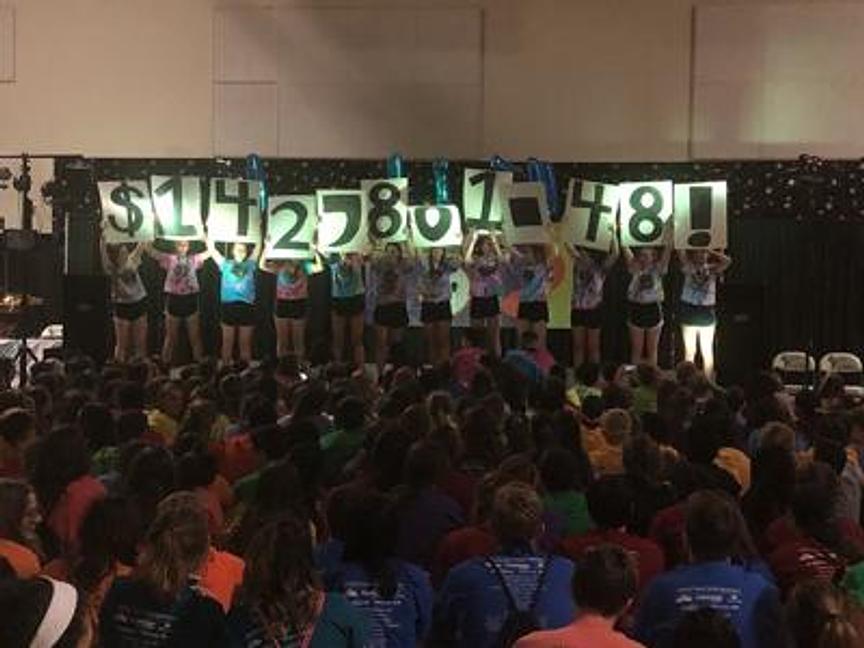The bourgeoning field of leadership studies continues to expand, and more colleges and universities are adding leadership courses, as well as certificate, minors, and majors in leadership. This trend is also beginning to enter secondary schools.
Ten years ago I received approval from my school to offer a semester course on leadership to students. This class is open to all students in grades 9-12 with no prerequisites and is an elective course. Two years ago, my school approved a second semester of this class.
After receiving the approval for the second semester, I reached out to the University of Pittsburgh, and in working with their College in High School (CHS) office, received approval to offer my class as the equivalent to their Theories of Leadership course. If students take both semesters of my class, they are eligible to receive three credits from the University of Pittsburgh. If they attend the University of Pittsburgh, this class is the first required course to earn the Leadership Certificate on campus.
The course content is also aligned with the NASSP NatStuCo Distinguished Student Leader Recognition Program, so that students who are taking the course who also participate in student council can earn recognition from NASSP as a distinguished student leader as well.
Students in my classes are exposed to a variety of leadership theories, including:
- Situational Leadership
- The Relational Leadership Model
- Strengths-based Leadership
- Ethical Leadership
- Servant-Leadership
- The Social Change Model of Leadership
- Kouzes & Posner Five Practices of Exemplary Leadership
Additionally, there are a variety of other topics, including mindfulness, power & influence, conflict resolution, project management, organizational change, group dynamics, and others that are covered in the class.
Students are exposed to leadership on the personal, organizational, and global levels to help them develop their leadership efficacy and so that they can see themselves in a leadership role. It helps improve student voice and engagement and empowers them to make a difference in their school and community. The course requires students to both perform community service as well as implement a leadership project, so that they can see the practical application of leadership.



